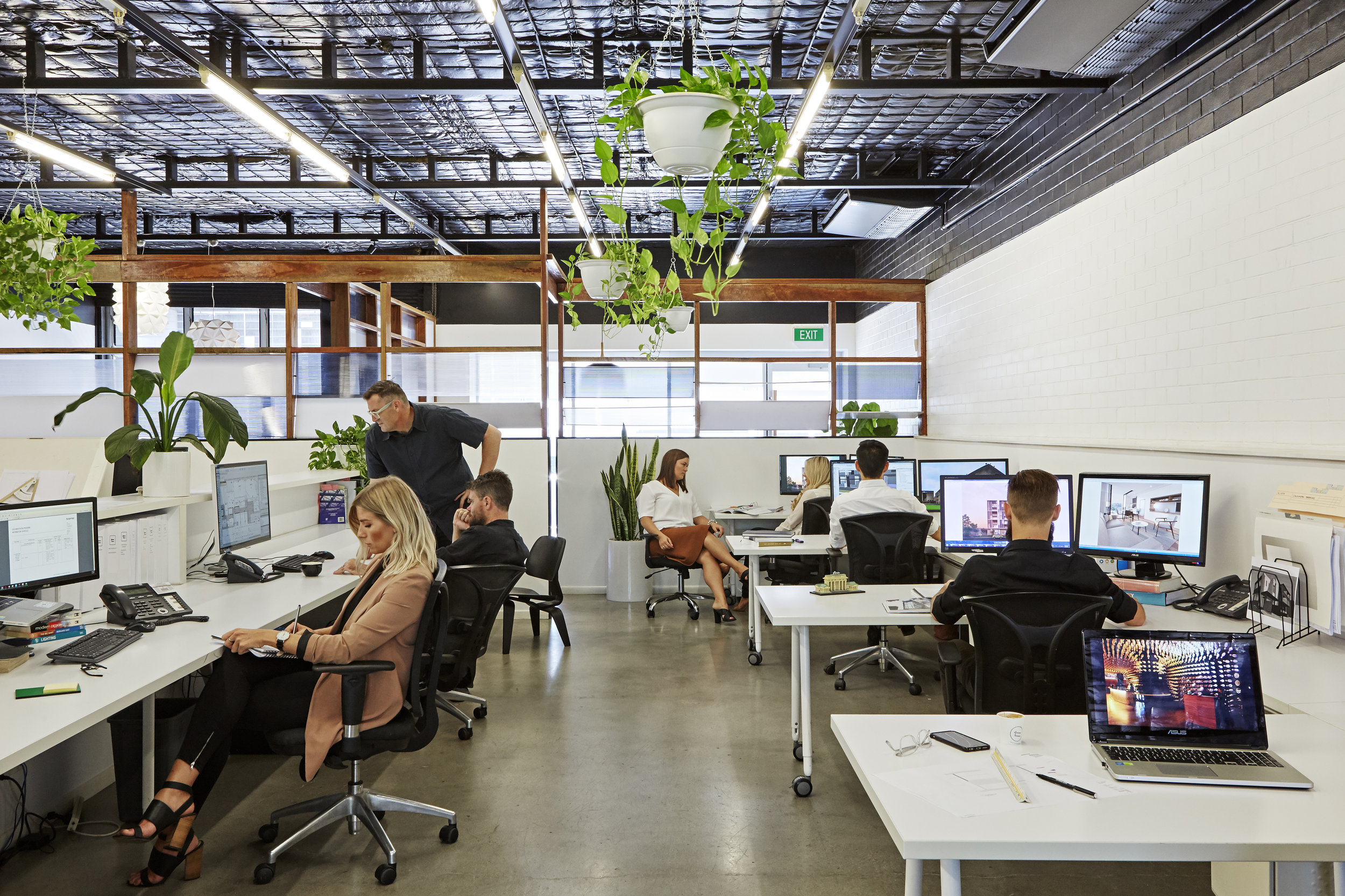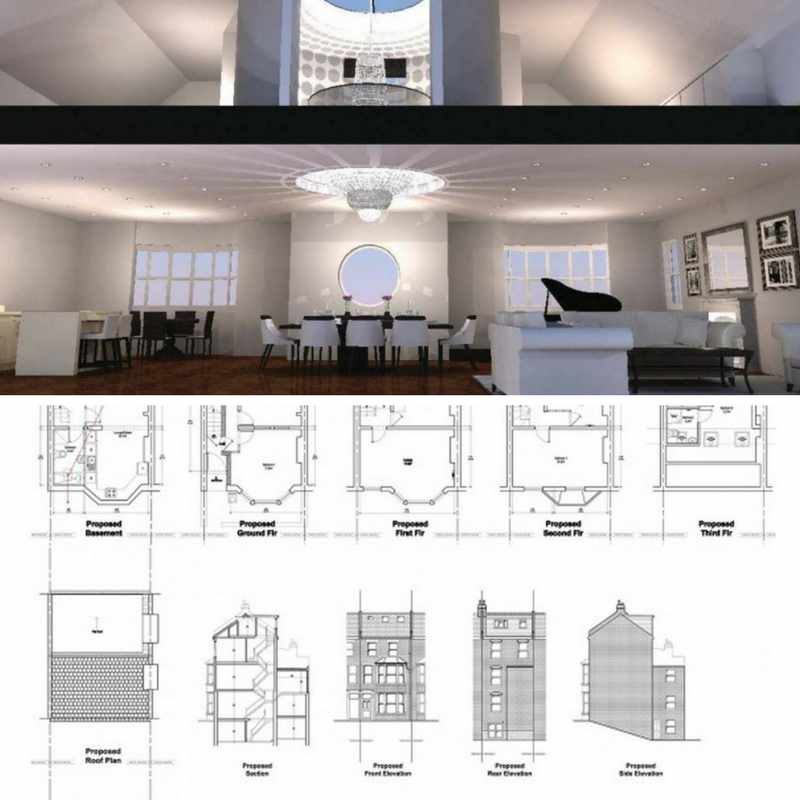Elevate Your Home with a Skilled Winchester Design Specialist Near You
The Art of Balance: Just How Interior Design and Home Engineer Collaborate for Stunning Results
In the world of home design, striking an equilibrium in between aesthetic appeals and capability is no tiny accomplishment. This fragile stability is achieved through the harmonious partnership in between indoor designers and architects, each bringing their distinct experience to the table. Stay with us as we explore the complexities of this collective process and its transformative impact on home style.
Comprehending the Core Differences Between Inside Layout and Home Design
While both interior layout and home design play important duties in producing aesthetically pleasing and useful areas, they are naturally various disciplines. It deals with the 'bones' of the framework, working with spatial measurements, load-bearing walls, and roof covering styles. On the other hand, interior layout is extra worried with enhancing the aesthetic and sensory experience within that framework.
The Harmony Between Home Architecture and Inside Design
The synergy in between home design and Interior Design lies in a common vision of design and the improvement of functional aesthetics. When these two areas align sympathetically, they can transform a space from normal to remarkable. This cooperation requires a deeper understanding of each technique's principles and the capability to develop a cohesive, aesthetically pleasing setting.
Unifying Design Vision
Merging the vision for home style and Interior Design can produce an unified home that is both practical and aesthetically pleasing. The balance begins with an incorporated frame of mind; architects and interior developers work together, each bringing their proficiency. This unison of ideas develops the layout vision, a blueprint that overviews the project. This shared vision is necessary for uniformity throughout the home, ensuring a fluid shift from exterior design to indoor rooms. It advertises a synergistic method where architectural aspects enhance Interior Design elements and the other way around. The outcome is a cohesive space that shows the home owner's lifestyle, personality, and taste. Therefore, unifying the style vision is critical in mixing style and Interior Design for magnificent outcomes.
Enhancing Functional Aesthetic Appeals
Exactly how does the synergy in between home architecture and Interior Design improve functional aesthetics? This harmony allows the creation of rooms that are not only visually appealing yet likewise conveniently useful. Designers prepared with their architectural style, ensuring that the space is functional and effective. The indoor developer then enhances this with very carefully chosen components that enhance the appearances without compromising the capability. This harmonious cooperation can result in homes that are both livable and gorgeous. An engineer might make a home with big windows and high ceilings. The indoor designer can then emphasize these features with tall plants and large curtains, respectively, hence enhancing the visual allure while maintaining the functional advantages of all-natural light and spaciousness.
Significance of Cooperation in Creating Balanced Spaces
The collaboration between interior designers and architects is pivotal in developing well balanced areas. It brings harmony between layout and style, offering birth to areas that are not only aesthetically pleasing but also useful. Discovering successful collaborative strategies can give understandings into how this synergy can be successfully accomplished.
Harmonizing Layout and Design
Balance, an essential facet of both Interior Design and architecture, can only really be attained when these two areas job in harmony. This consistency is not simply a visual factor to consider; it influences the capability, longevity, and inevitably, the livability get more info of an area. Inside architects and developers should recognize each various other's roles, appreciate their competence, and communicate properly. They have to think about the interaction of structural components with decoration, the circulation of spaces, and the influence of light and color. This collaborative procedure results in a natural, well balanced style where every component has a function and adds to the overall aesthetic. Balancing layout and architecture is not simply about creating lovely spaces, however concerning crafting rooms that work flawlessly for their inhabitants.
Effective Joint Approaches

Case Researches: Effective Assimilation of Layout and Design
Examining several study, it emerges just how the effective combination of Interior Design and architecture can transform a space. The Glass House in Connecticut, renowned for its minimalistic sophistication, is one such example. Architect Philip Johnson and indoor developer Mies van der Rohe worked together to produce a harmonious equilibrium in between the structure and the inside, resulting in a smooth circulation from the exterior landscape to the internal living quarters. An additional exemplar is the Fallingwater House in Pennsylvania. Engineer Frank Lloyd Wright and interior developer Edgar Kaufmann Jr.'s collective efforts lead to a stunningly unique home that blends with its natural environments. These instance research studies underline the extensive influence of an effective design and style cooperation.

Conquering Difficulties in Style and Design Partnership
In spite of the undeniable benefits of a successful collaboration in between Interior Design and style, it is not without its difficulties. Interaction problems can occur, as both parties may make use of various terms, understandings, and techniques in their work. This can bring about misunderstandings and hold-ups in task completion. An additional major difficulty is the balancing act of appearances and capability. Designers may prioritize structural stability and security, while developers concentrate on convenience and design. The integration of these objectives can be complex. In addition, budget plan and timeline constraints frequently include pressure, possibly triggering rifts in the more info cooperation. Reliable communication, common understanding, and compromise are critical to conquer these challenges and accomplish a unified and effective collaboration.

Future Trends: The Evolving Partnership In Between Home Architects and Interior Designers
As the globe of home design continues to evolve, so does the connection in between designers and interior designers. Alternatively, interior designers are accepting technological aspects, affecting total layout and performance. The future promises an extra cohesive, innovative, and flexible strategy to home design, as designers and developers continue to blur the lines, cultivating a relationship that genuinely personifies the art of balance.
Conclusion
The art of equilibrium in home style is achieved through the harmonious cooperation in between interior designers and architects. Regardless of obstacles, this collaboration promotes growth and technology in layout.
While both indoor style and home architecture play important roles in developing visually pleasing and practical spaces, they are naturally different disciplines.The harmony in between home architecture and indoor style lies in a common vision of style and the enhancement of useful aesthetics.Linking the vision for home design and interior layout can produce an unified living area that is both functional and cosmetically pleasing. Therefore, unifying the style vision is important in mixing design and interior style for stunning outcomes.
How does the harmony between home style and interior layout enhance useful aesthetic appeals? (Winchester architect)